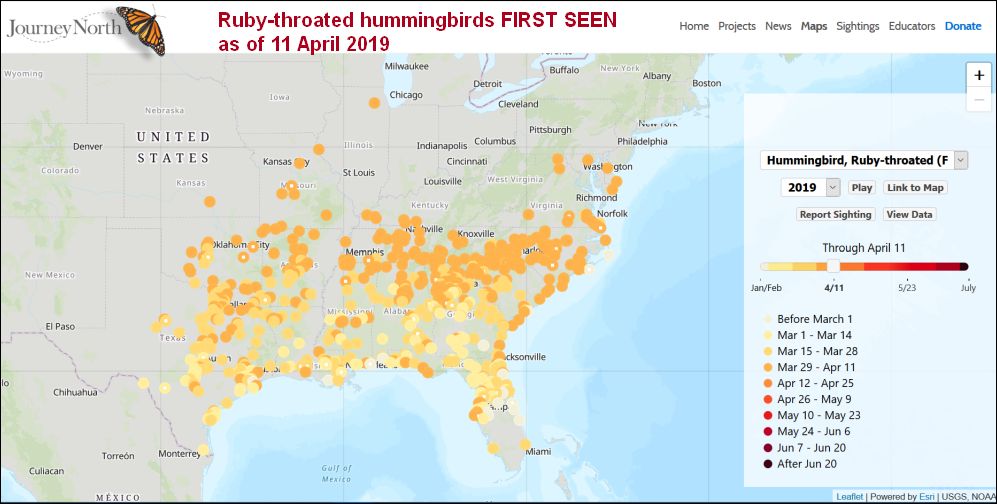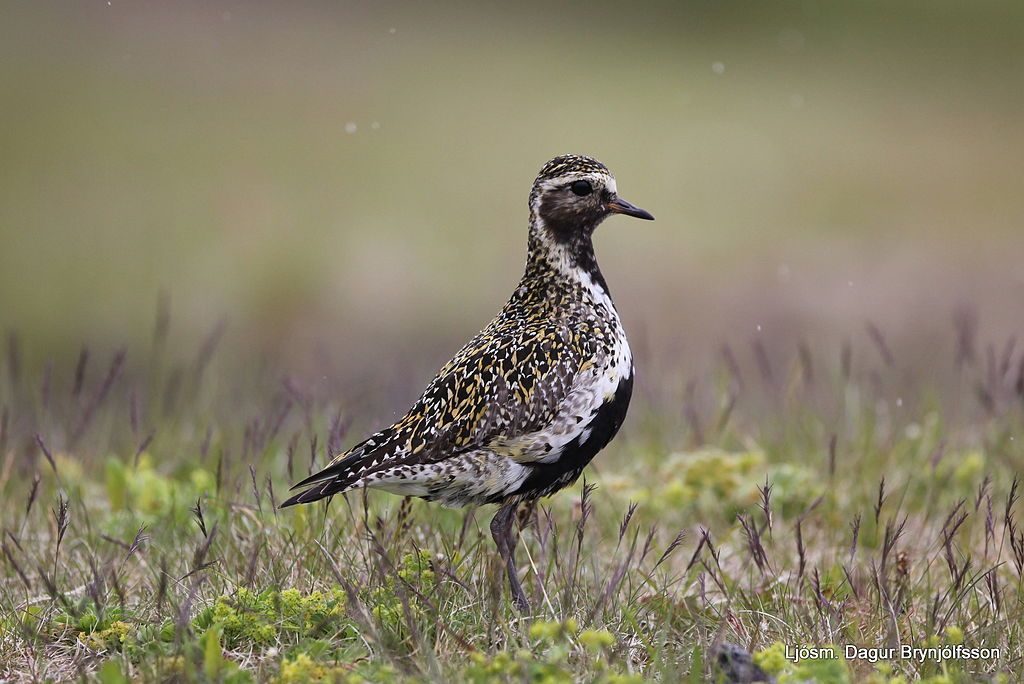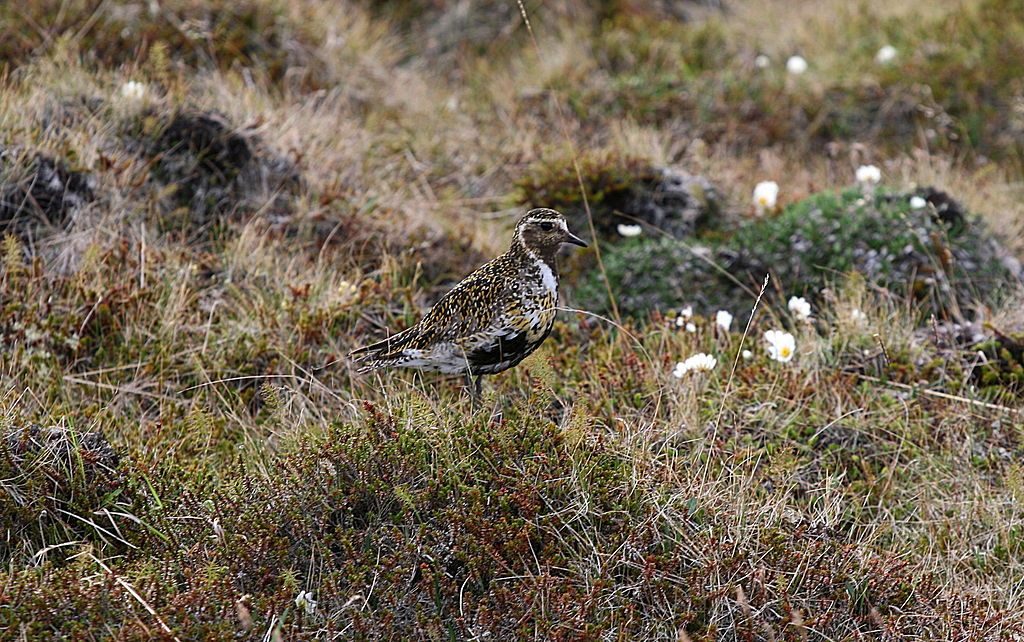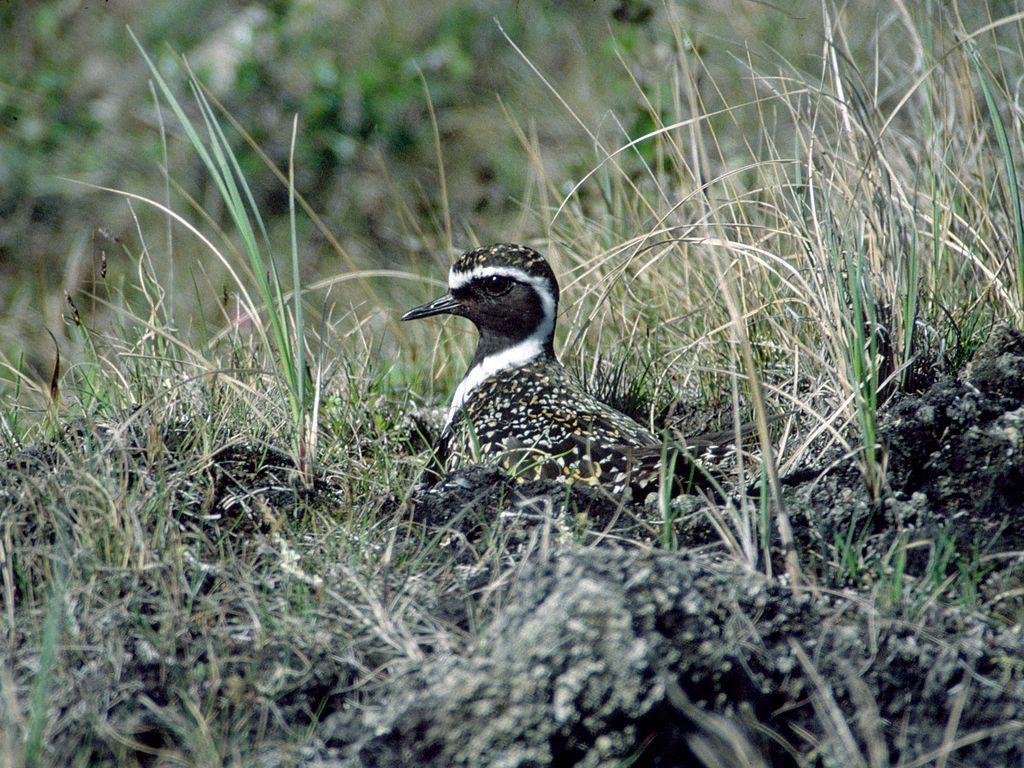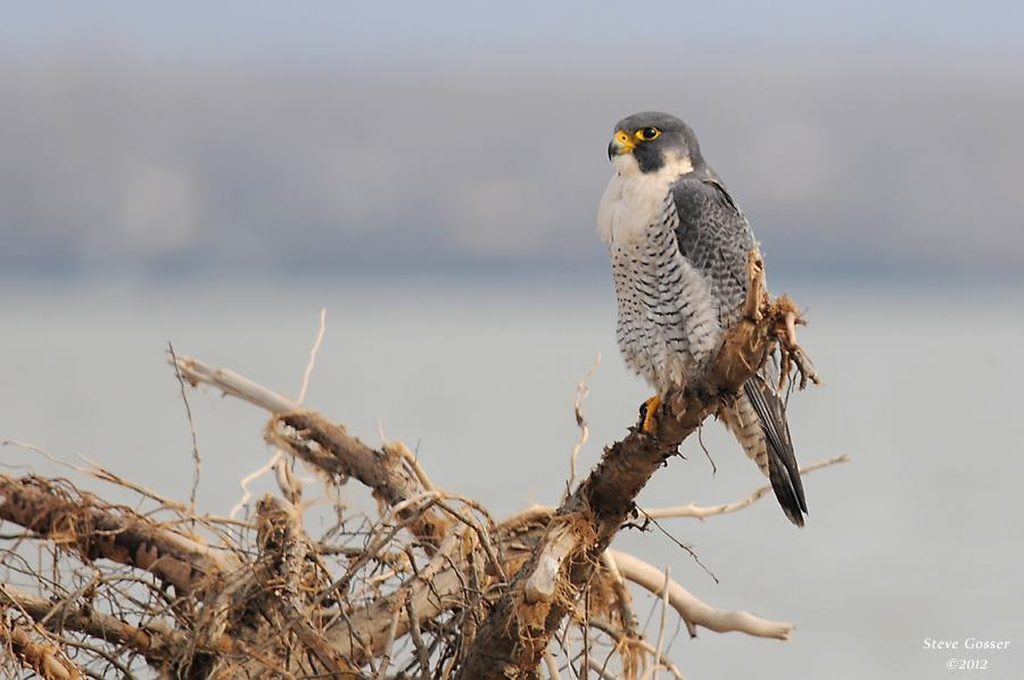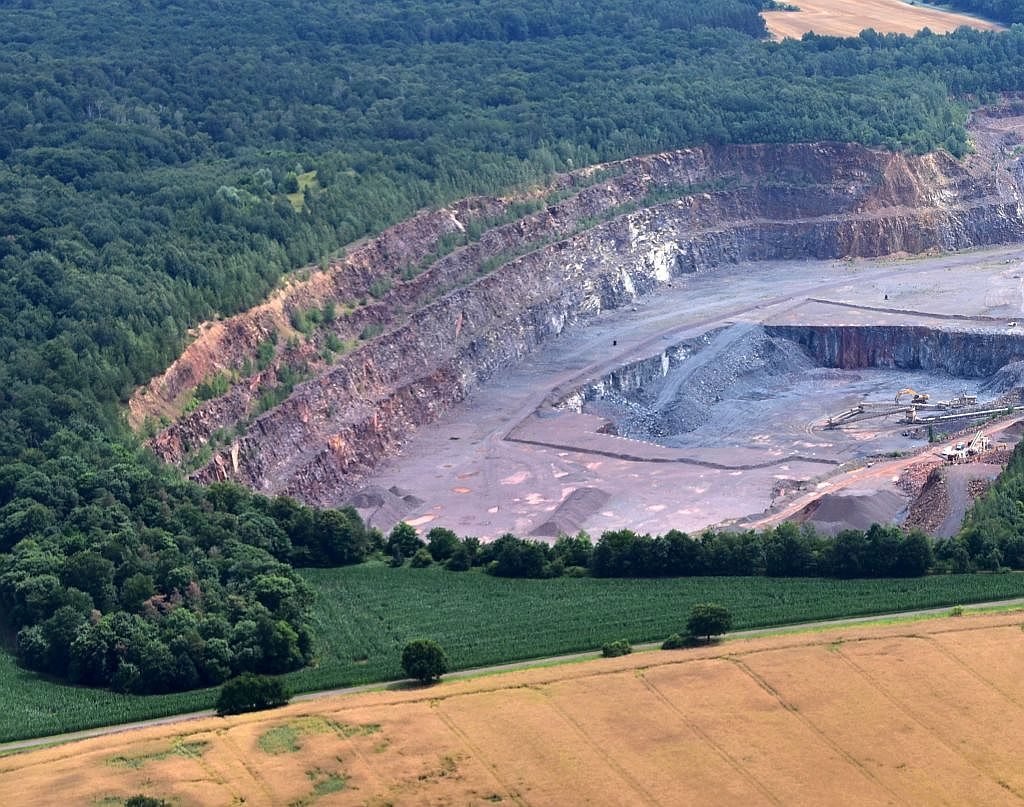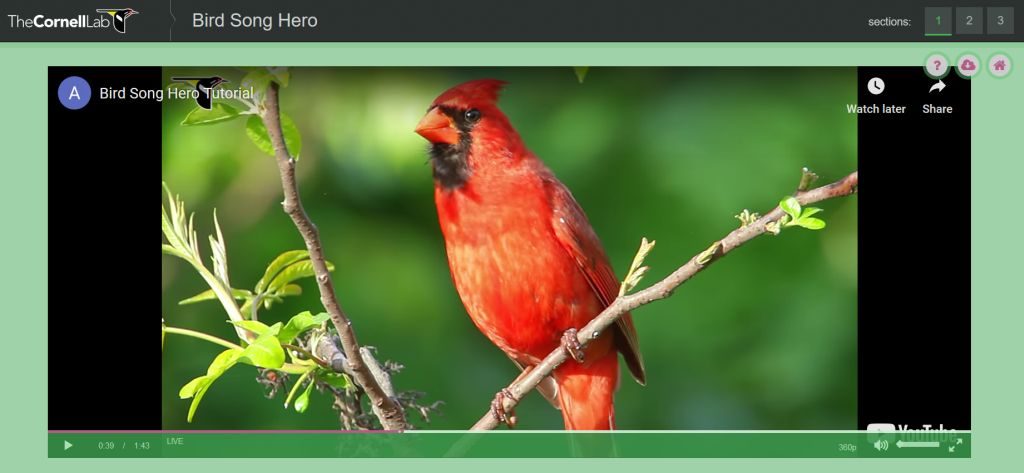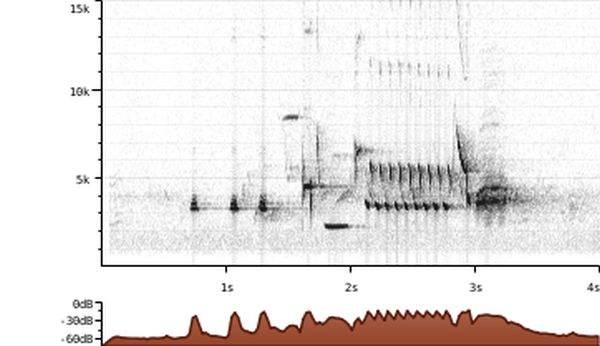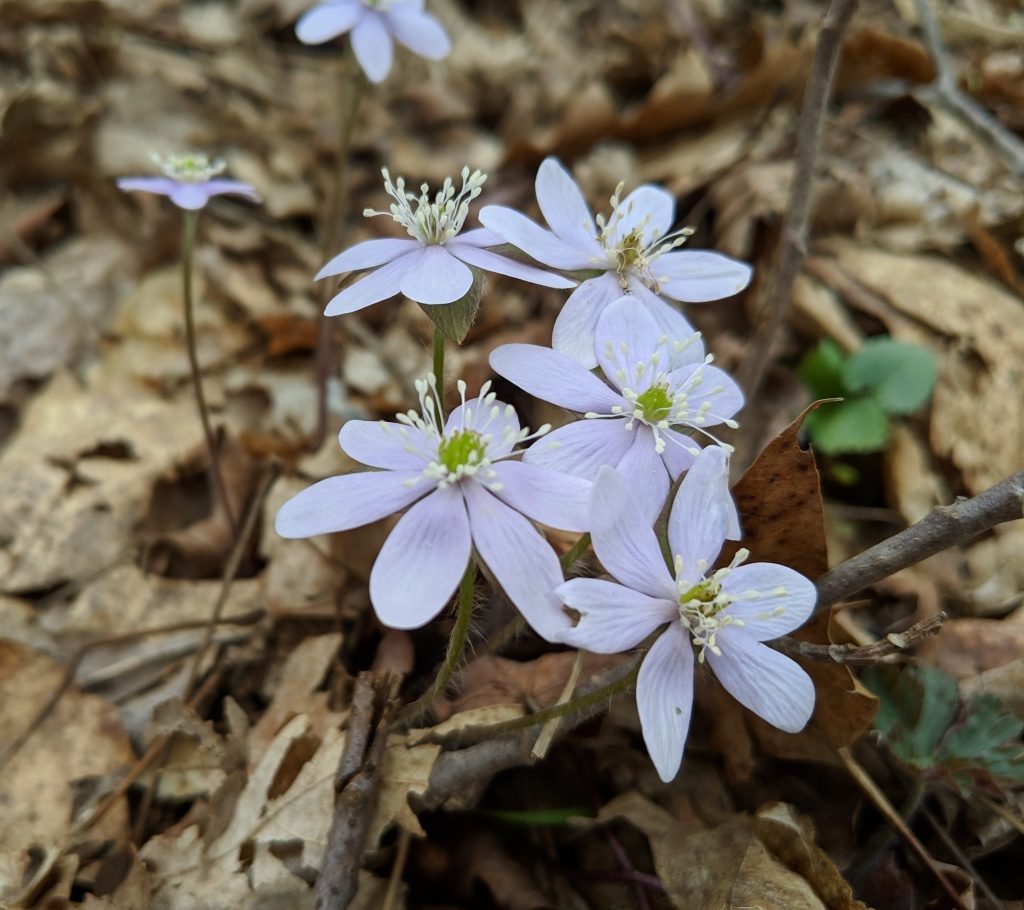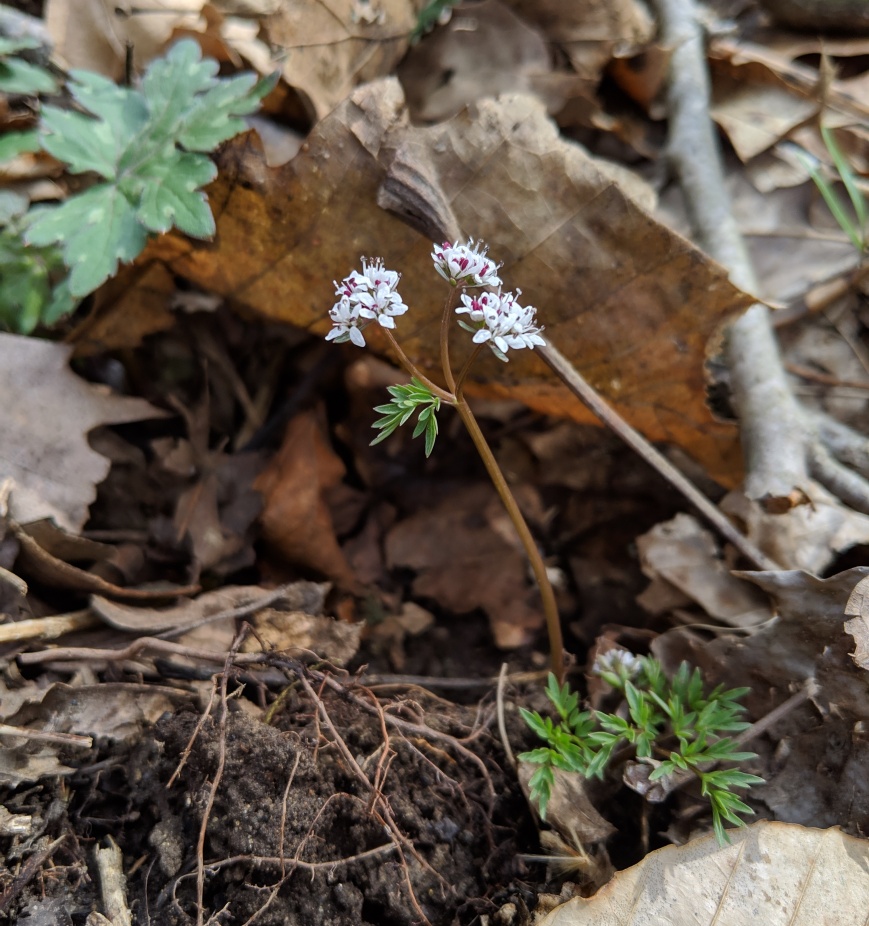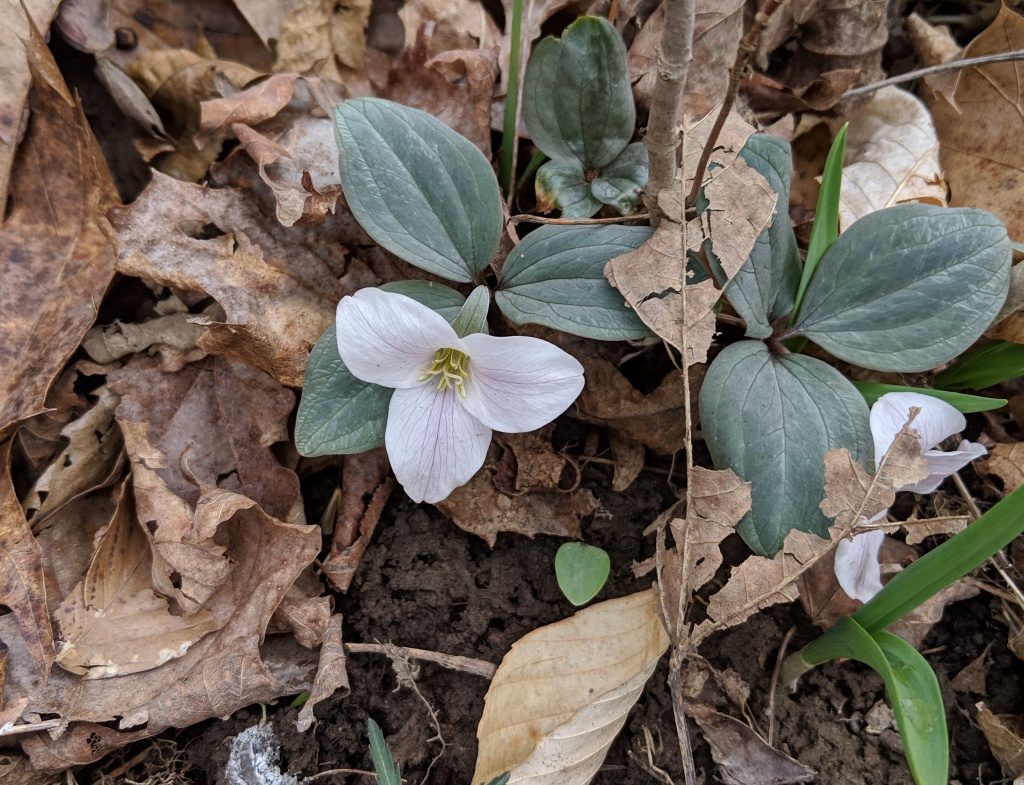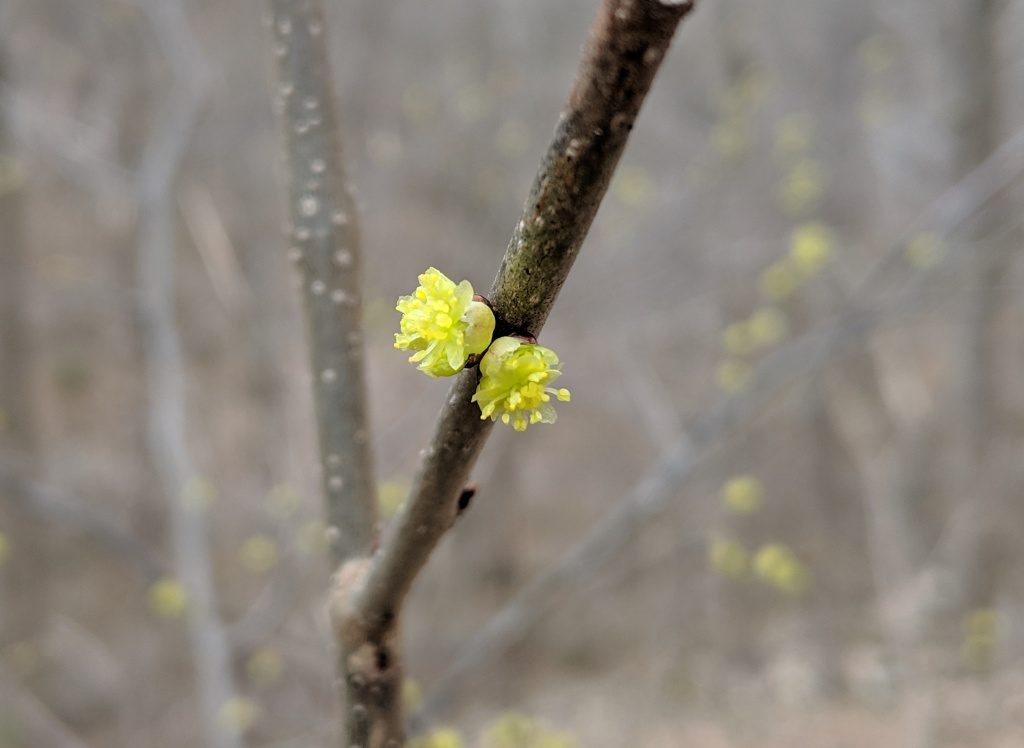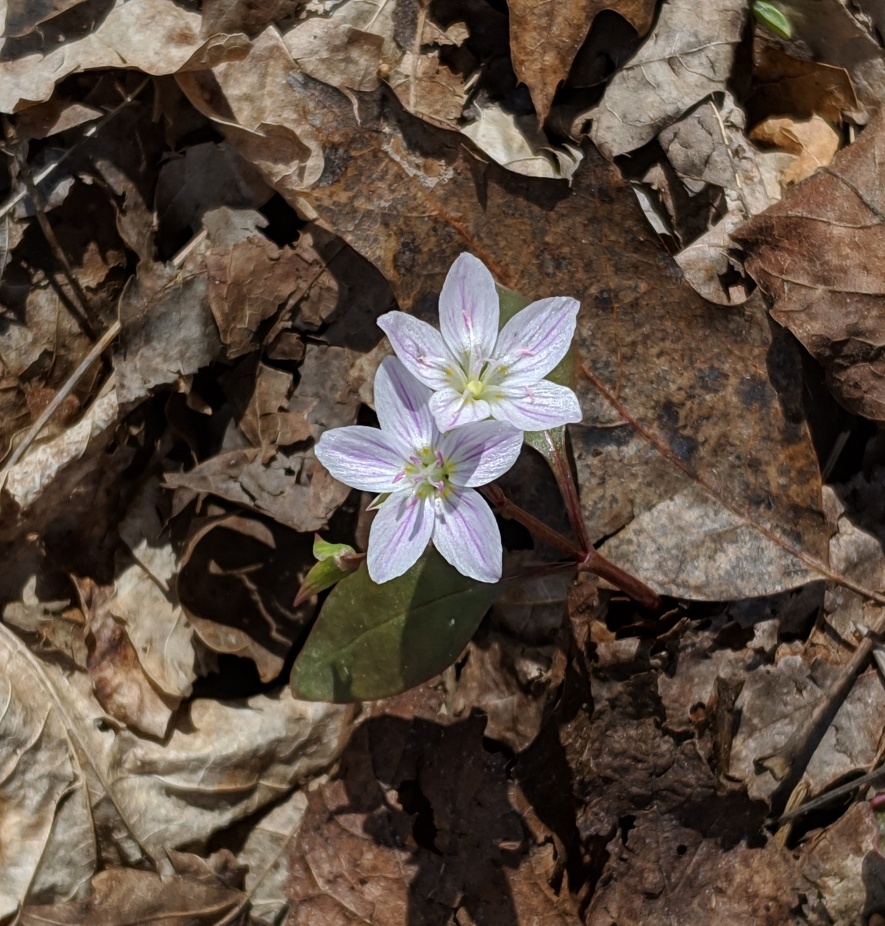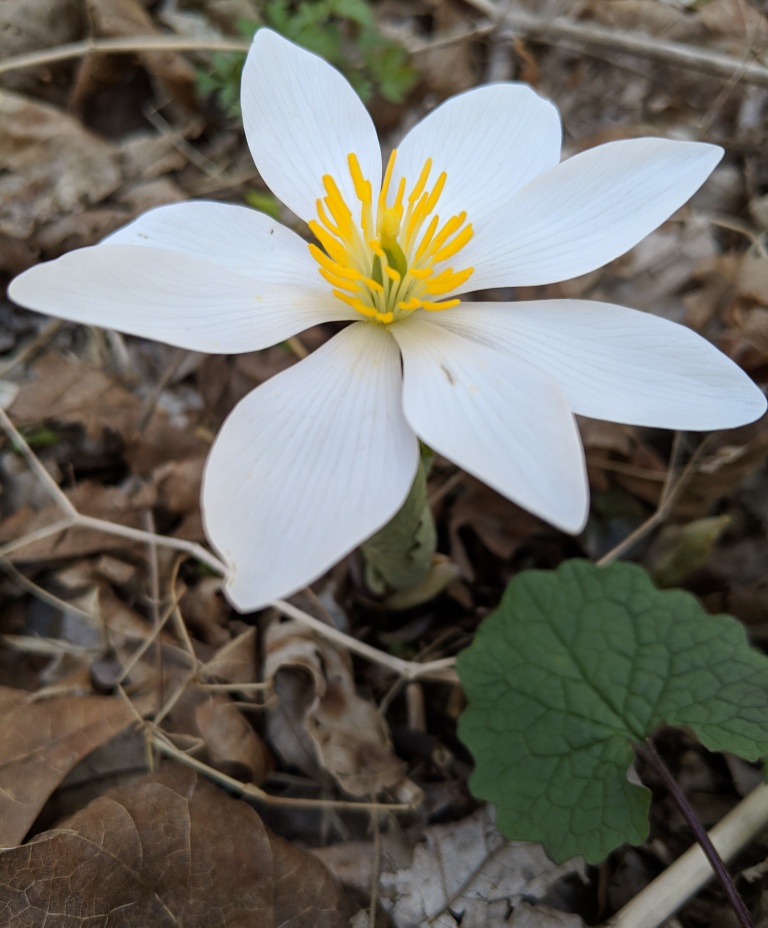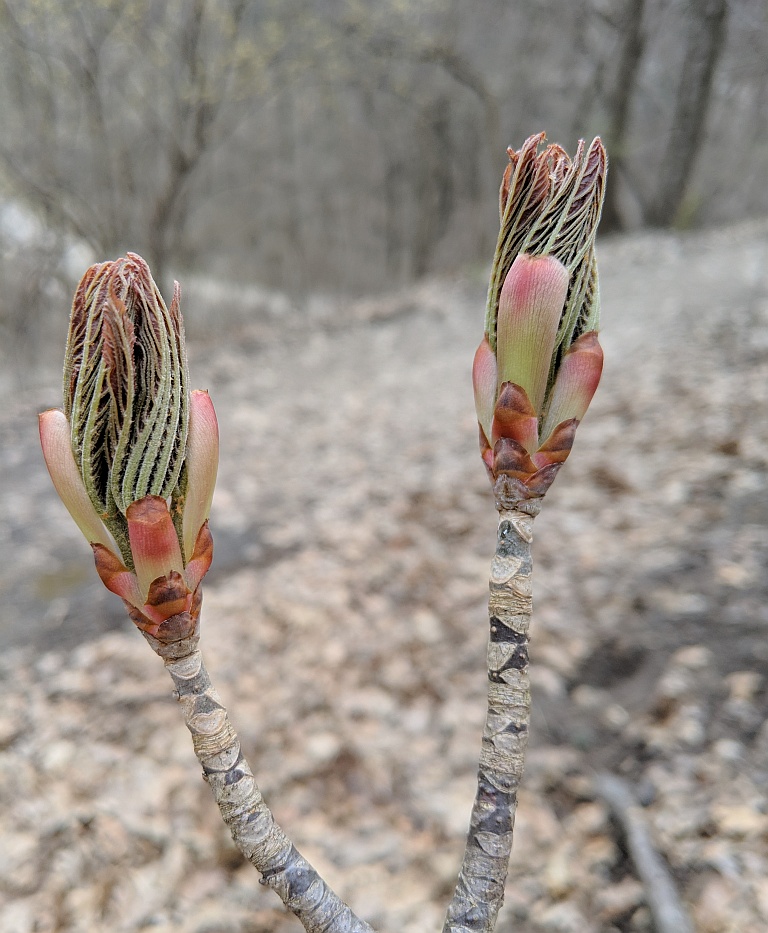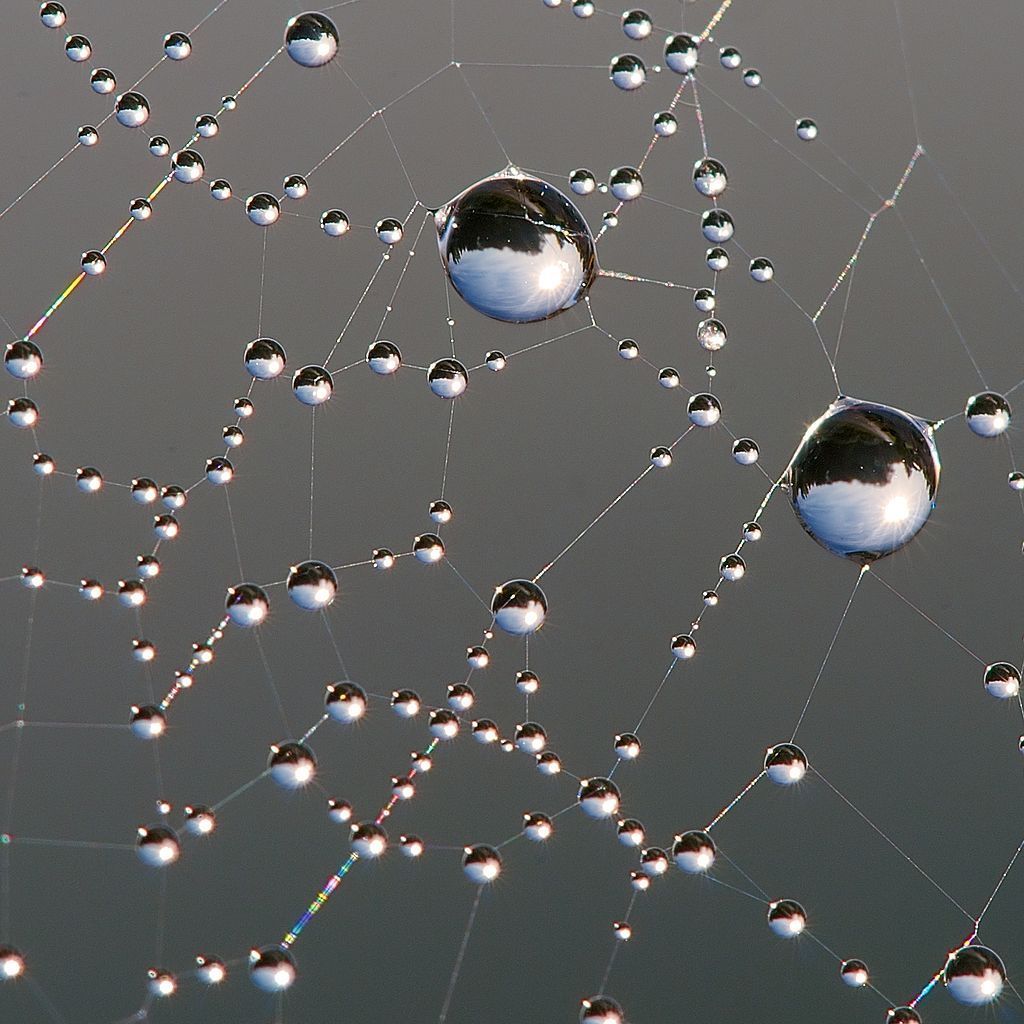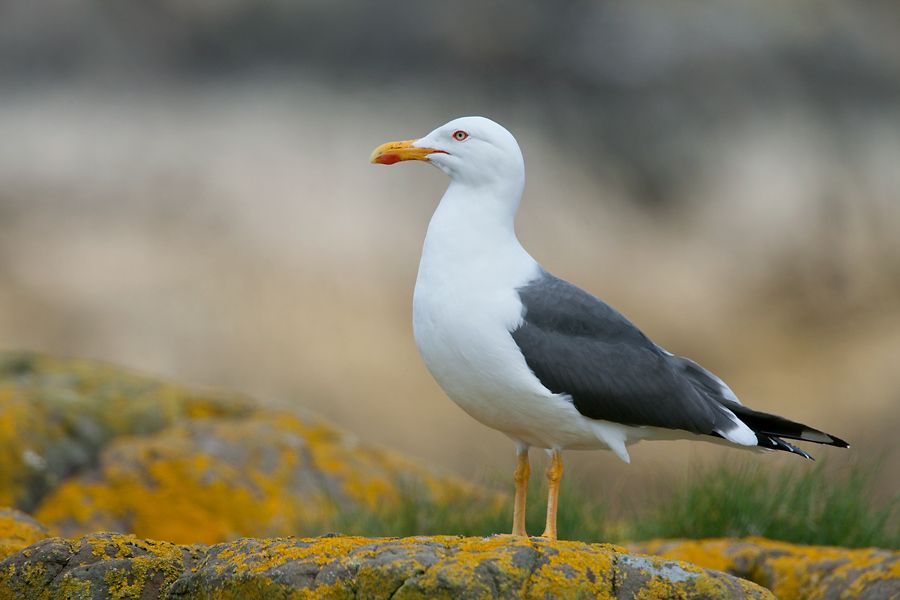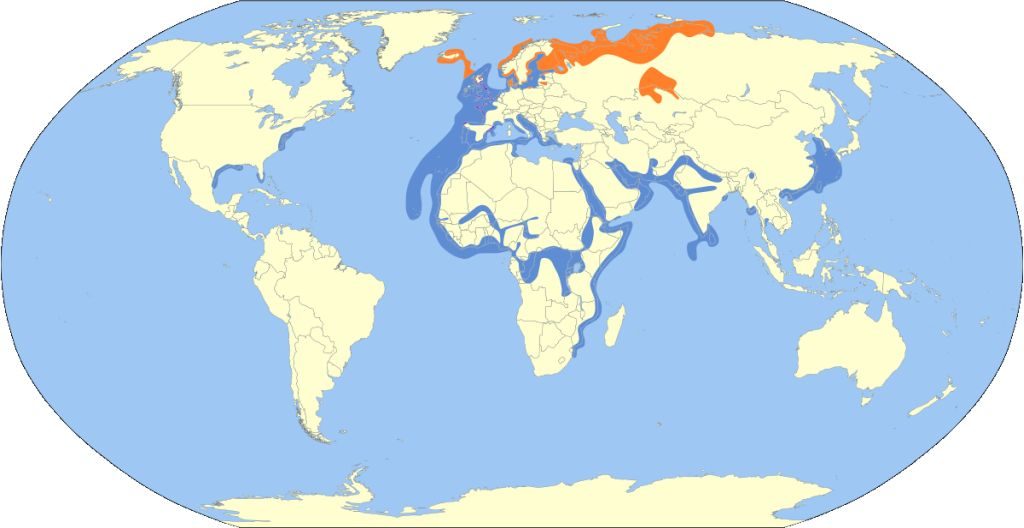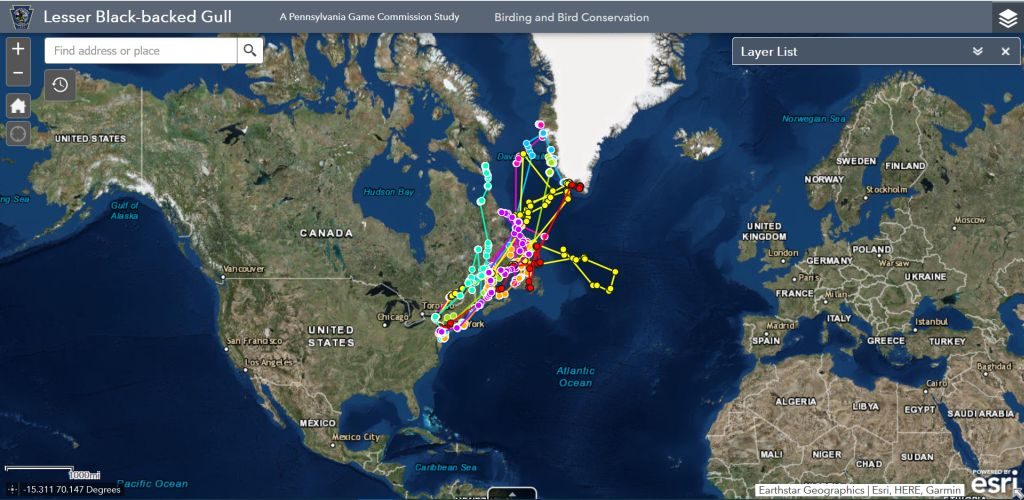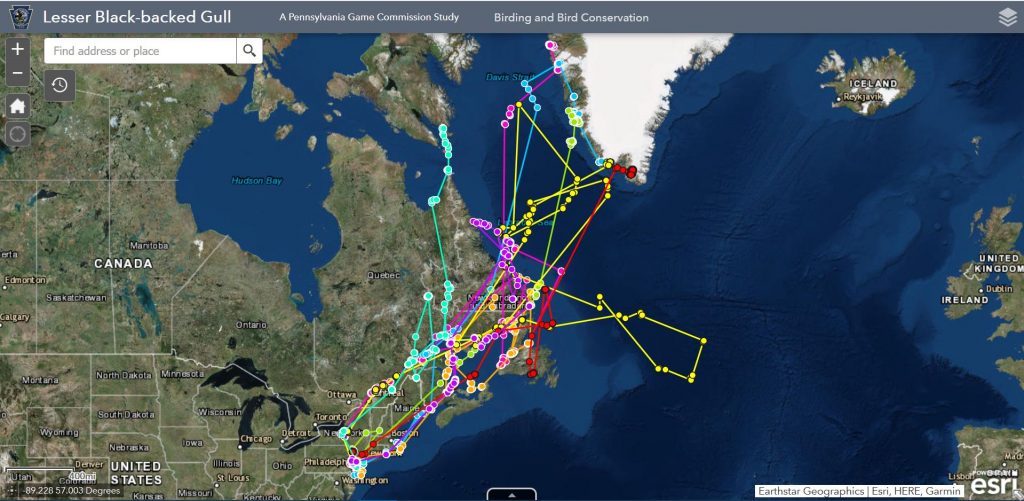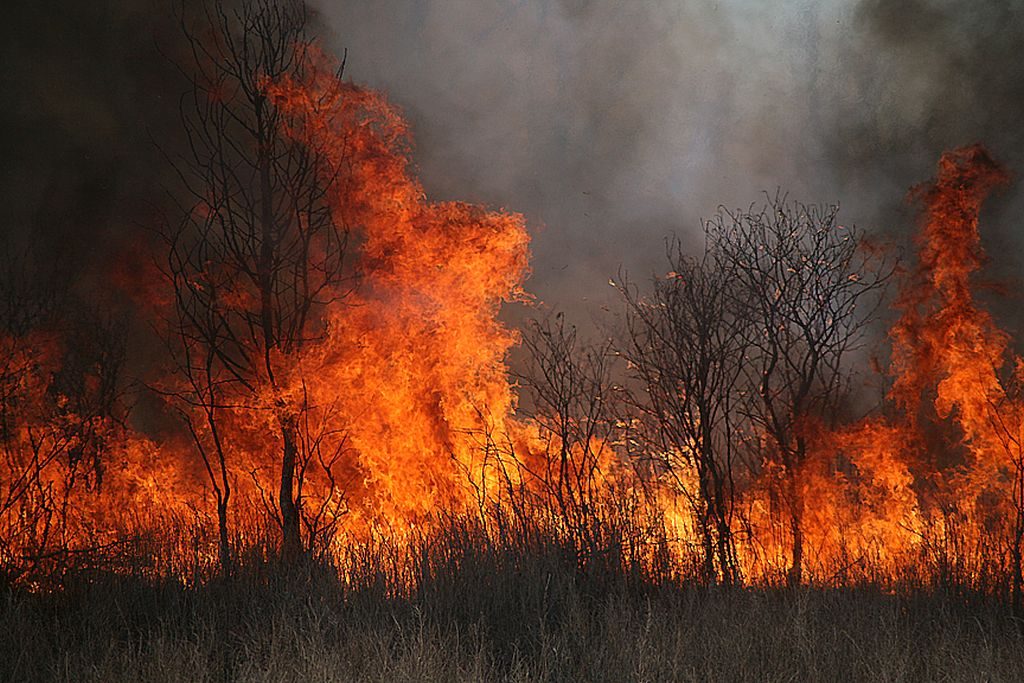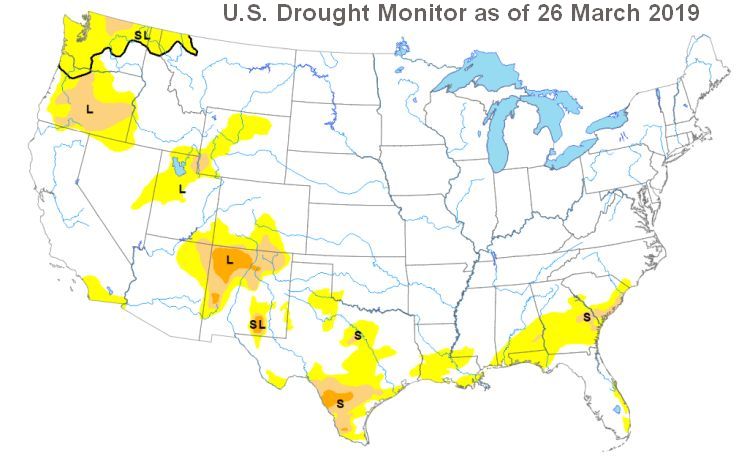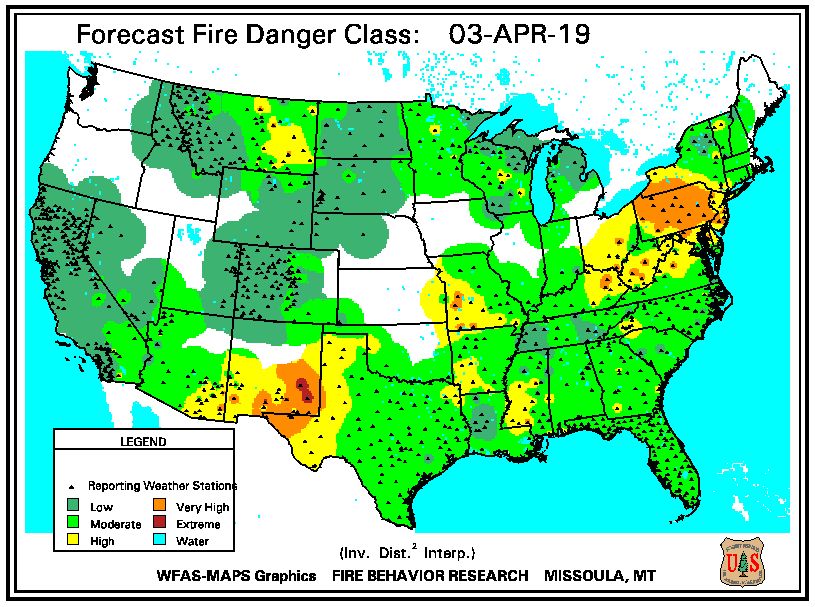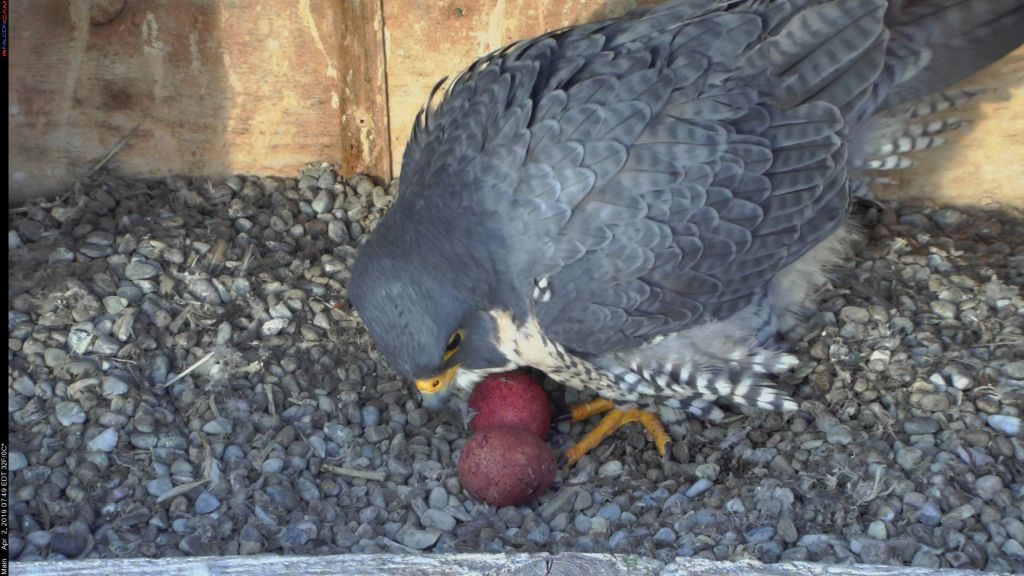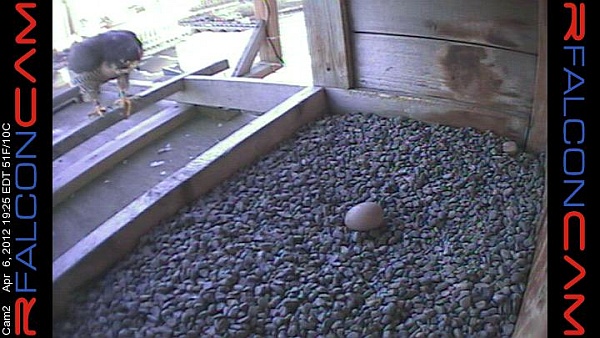Only two weeks ago the mallard flock at Duck Hollow was large and busy with males and females feeding in pairs. Back then the flock was usually 20+ birds but now it’s half that size and mostly male. The females are missing. They’re on the nest.
Female mallards (Anas platyrhynchos) nest on the ground laying one egg per day until the clutch is complete, about 10 eggs.
Though she doesn’t build the nest the mother mallard pulls nearby vegetation toward her body to line the nest bowl. When she begins incubation she plucks down from her breast to surround the eggs and cover them while she’s gone. The eggs hatch in 28 days.
Only the females incubate eggs while the males watch from afar. Except for a recess in early morning and late afternoon, female mallards are hidden all day — if they’ve chosen a good nest site.
In urban settings the ladies choose some creative places, as in the video above and this photo under a stairway in Madison, Wisconsin.
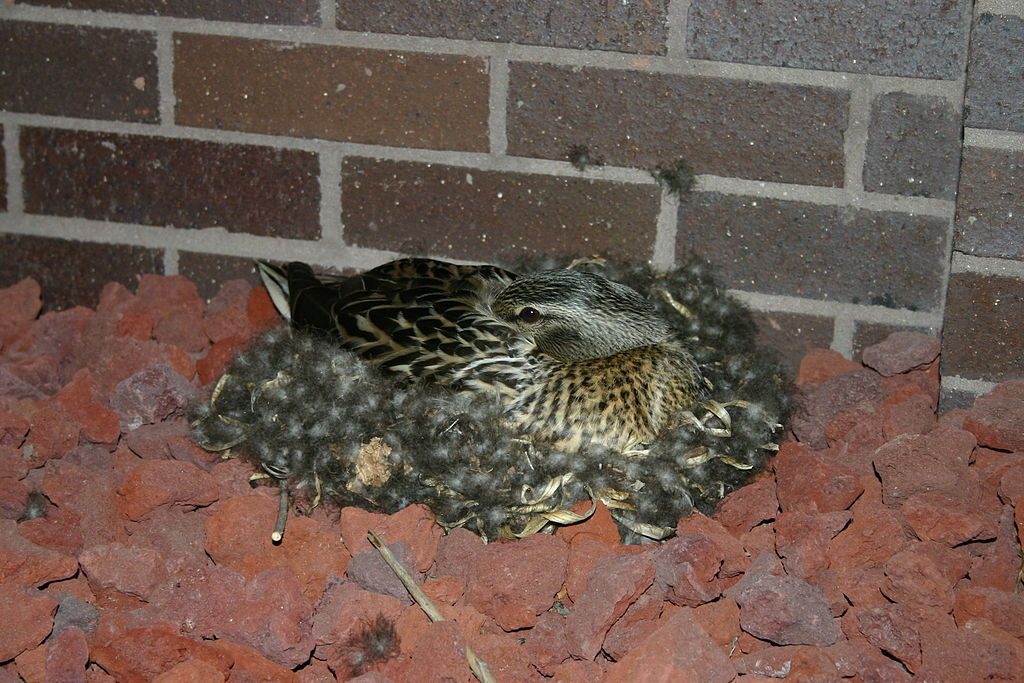
Three days before they hatch the mallard chicks call back and forth with their mother from inside the eggs. On hatch day all of them emerge within 6-10 hours. Next morning their mother leads them to water for their first swim. See all of this in Ian Oland’s video, above.
So don’t be surprised when you don’t see female mallards at Duck Hollow in early April. Right now the mother mallards are on the nest.
(video by Ian Oland on YouTube. photo from Wikimedia Commons; click on the caption to see the original)
